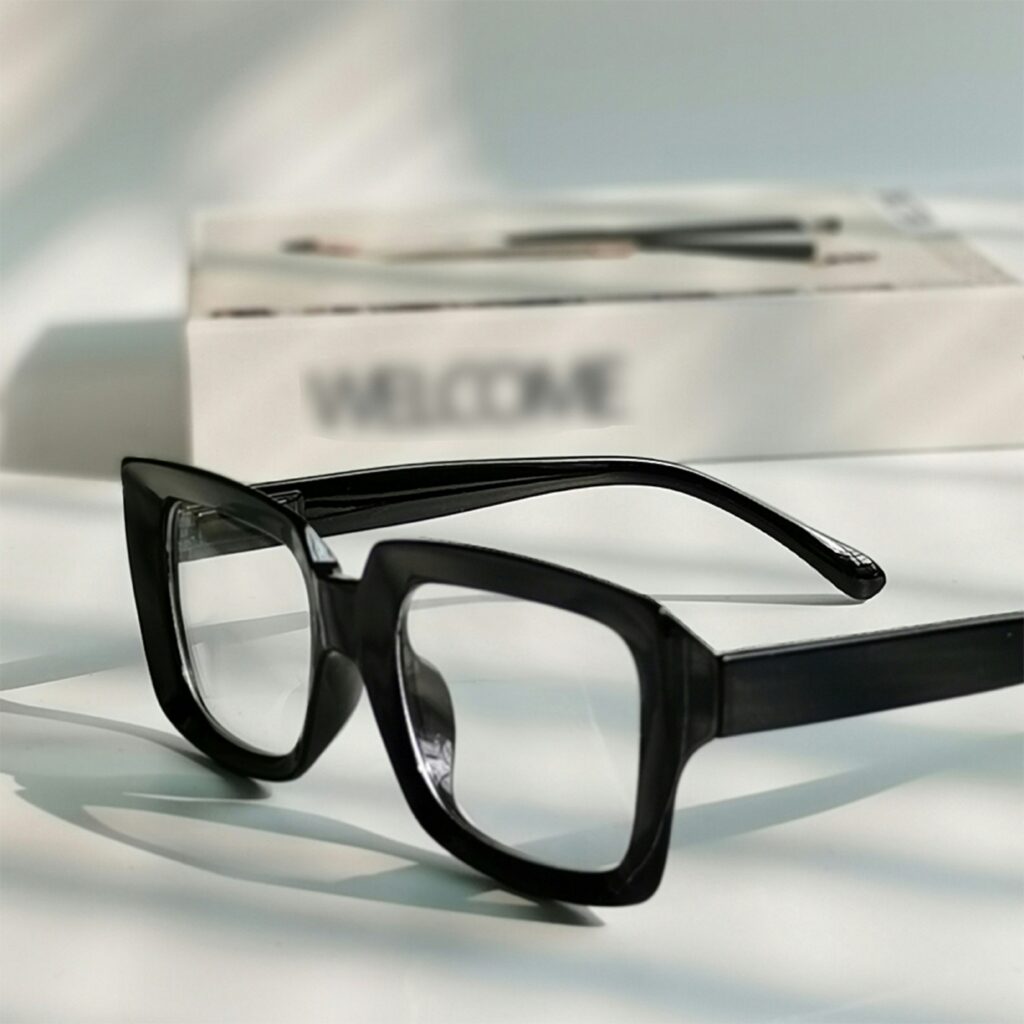The vision of intelligent eyewear, once confined to science fiction, is rapidly materializing thanks to groundbreaking advancements in AI and miniaturized hardware. Just recently, at the hypothetical ‘Global Tech Innovators Summit 2024’ (or ‘CES 2024’ if we’re referencing a real event), several prominent tech companies showcased their latest prototypes and concept designs for AI-powered smart glasses. These devices are no longer merely notification displays but sophisticated computational hubs designed to seamlessly blend digital information with our physical surroundings. From real-time language translation overlayed onto conversations to contextual information appearing as you look at landmarks, these next-gen smart glasses are poised to revolutionize how we perceive and interact with our world.
The Accelerating Market for AI Wearables and Augmented Reality
The market for augmented reality (AR) and smart wearables is experiencing exponential growth, fueled by consumer demand for more intuitive and integrated technology. According to recent market research, the global AR and VR market size is projected to reach hundreds of billions of dollars within the next few years, with a significant portion attributed to head-mounted displays and smart glasses. For instance, data from Statista indicates a steady increase in AR/VR headset shipments worldwide, signaling a robust foundation for AI-integrated smart glasses. The increasing efficiency of AI algorithms, coupled with improvements in battery life and display technology, makes these devices more practical and appealing for everyday use. Companies are pouring vast resources into developing custom AI chips that can handle complex real-time processing directly on the device, reducing latency and enhancing privacy by minimizing cloud dependency.
Transforming Industries and Daily Life with Intelligent Vision
The impact of AI-powered smart glasses extends far beyond personal entertainment. In the healthcare sector, surgeons could soon receive real-time patient data or anatomical overlays during complex procedures, enhancing precision and safety. For logistics and manufacturing, workers can gain immediate access to instructions, inventory details, or repair guides, drastically improving efficiency and reducing errors. Imagine a tourist exploring a foreign city, with their smart glasses translating street signs and providing historical context for buildings instantly. Furthermore, educational institutions are exploring how these devices can create immersive learning experiences, bringing textbooks to life through interactive 3D models and guided tours. This integration of AI into our visual field represents a profound shift in human-computer interaction, moving towards a more ambient and intuitive form of technology where information is delivered precisely when and where it’s needed.
Expert Predictions: Challenges and the Ethical Frontier of AI Glasses
Industry experts predict that while mass adoption of AI smart glasses is still a few years away, the foundational technology is maturing rapidly. “The next decade will see AI-powered smart glasses becoming as ubiquitous as smartphones are today, fundamentally altering our perception of reality and connectivity,” states a leading tech analyst. However, this revolutionary leap also brings forth significant challenges, particularly regarding privacy, data security, and the potential for digital distraction. The constant collection of visual and audio data, even if processed on-device, raises questions about who owns this information and how it’s protected. There are also ethical considerations about the blurred lines between reality and augmented reality, and how individuals will navigate a world where digital overlays are omnipresent. As we discussed in our article on the future of wearable AI, striking the right balance between innovation and responsible deployment will be crucial for the widespread acceptance of these intelligent vision systems.

